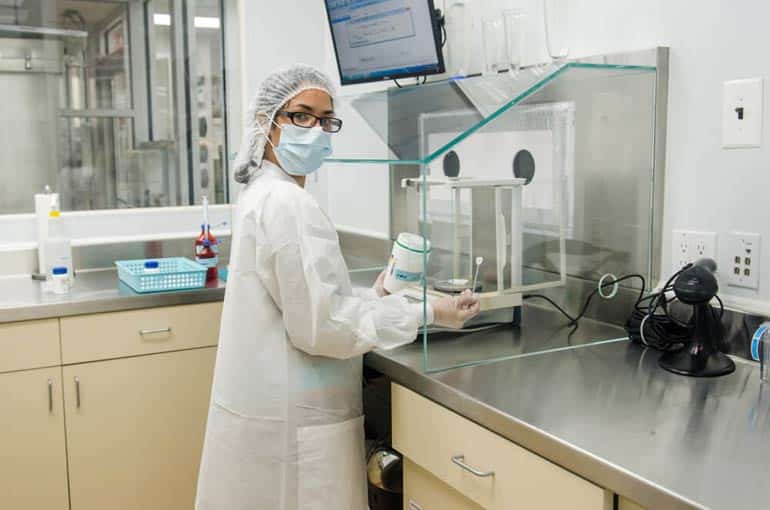The standards laid out in USP 800 are the most effective for protecting occupational healthcare workers from the dangers of handling hazardous drugs, but what is USP 800 exactly, and how should you be factoring USP standards into your day-to-day operations?
USP 800, or US Pharmacopeial Convention Chapter 800, is a set of operational standards that cover the safe handling of hazardous drugs in healthcare settings to minimize the risk of exposure to healthcare personnel, patients, and the environment.
They apply to all facilities where these types of drugs may be handled, including hospitals, pharmacies, and occupational health practices.
If you work in employee health or occupational health, there’s a good chance that USP 800 standards are relevant to you. Learn more about compliance requirements and ensure you’re taking important steps toward reducing the risk of harm due to hazardous drug exposure.
USP 800 Compliance: Standards for Occupational Health Practices
According to the Centers for Disease Control and Prevention, about eight million U.S. healthcare workers risk exposure to hazardous drugs every year. By following the safety standards in USP 800, these workers can mitigate the risk of exposure for themselves and others, with clear directives for things like personnel training and drug storage.
For occupational healthcare workers, as for all healthcare workers, USP 800 guidelines set out best practices for maintaining a culture of safety around hazardous drug handling. And under USP 800 rules, all healthcare facilities should have written documentation outlining safety expectations and requirements. This includes guidelines related to:
- Personnel training
- Use of personal protective equipment
- Communicating hazards
- Access to hazardous materials
- Cleanroom conditions
- Drug transport, storage, and disposal practices
- Environmental monitoring
The Impacts of USP 800 Regulations on Healthcare Organizations
When it comes to your practice, occupational health and safety procedures outlined in USP 800 are some of the most comprehensive tools you have for protecting everyone from the dangers of hazardous drug exposure.
While the rules remain purely informational at this time, the intention is that USP 800 guidelines will eventually be enforceable on an organizational level. At that time, healthcare organizations will be required to comply or may face serious consequences such as loss of Medicare funding or accreditation status.
Meeting all USP 800 requirements starts with an evaluation of your current practices and safety-related documentation. Make updates as needed to ensure USP 800 compliance and implement new training procedures so that everyone on staff is aware of what’s expected of them.
Prioritizing USP 800 Compliance
Complying with USP 800 hazardous drug safety standards isn’t just about keeping your funding and accreditation intact. It’s also essential for the health of your employees and makes it much less likely that someone will experience an adverse event related to handling hazardous medicines.
Prioritize USP 800 compliance just as you prioritize things like vaccine compliance and health screenings among your staff, clearly communicating expectations and guidelines and making it as easy as possible for employees to stay on track.
Currently, practices and hospitals continue to evaluate draft USP 800 standards to identify gaps and gear up for full implementation. What does that mean for your organization? You aren’t going to be held liable for compliance just yet – though you likely will be soon. By planning and implementing the elements and best practices of USP 800 now, you’ll be a step ahead when USP 800 becomes enforceable in the future. You’ll also get the peace of mind that comes with minimizing the risks associated with handling hazardous drugs.
Better compliance with healthcare standards means a stronger, safer workforce and increased productivity. At Immuware, we’re committed to helping you get there faster. Immuware provides risk-level-based tracking, automated medical or exposure surveillance questionnaires, and integrated lab test results; learn about Immuware software tools, and take a big first step toward running your health organization with greater safety and efficiency.
